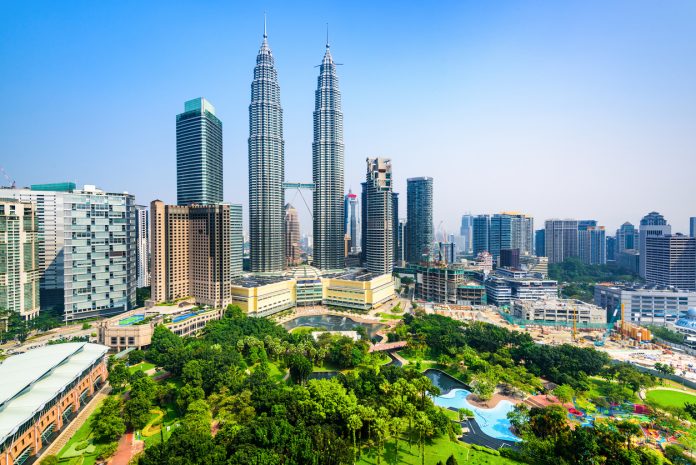The KL Wellness City (KLWC) has said it aims to drive medical travel to Malaysia through its vision of a 360-degree wellness hub centred around its township, which encompasses medical care, health, wellness, fitness, and business, plus residential, retail, and commercial offerings.
Following the opening of borders in April 2022, the medical tourism industry has recorded RM726 million (US$169 million) of revenue as of Q3 2022 and is on the way to achieving its RM1 billion (US$230 million) target for 2022. The sector is projected to bring in RM2 billion (US$470 million) annual revenue in 2025.
The Healthcare Travel Industry Blueprint 2021-2025 by the Malaysia Healthcare Travel Council has identified that ‘Step down, rehab and wellness development for healthcare travel’ is one of the critical touch points that require improvements.
KLWC is a city dedicated to healthcare and wellness living. It claims to be the first real estate development in Southeast Asia to pioneer an ecosystem of healthcare and wellness-centric living, KLWC is aiming to become a destination for local and international medical tourism.
Covering 26.49 acres, KLWC is 45 minutes away from Kuala Lumpur International Airport. Its healthcare travel ecosystem is centered around Nobel Healthcare Park, the International Tertiary Hospital, 379 medical specialist suites, retirement resorts for independent and assisted living, a health care mall, residential units, commercial shop lots offering health and fitness-centric retail, as well as food and beverage outlets, an office space, and a central park.
The Nobel Healthcare Park consists of the medical, business, wellness, and retail suites, has a fully connected ecosystem of specialists and ancillary medical services interlinked with the adjacent International Hospital @ KL Wellness City, approved as a tertiary hospital with 624 beds and scalable to 1,000-bed capacity.
Malaysia has been receiving medical tourists from various countries, including Indonesia, Singapore, Australia and China, for its affordable and good health care.
In terms of medical tourism, the wellness suites cater for patients who are in step-down care, meaning those who have been discharged from hospital but are still recovering and may require assistance such as daily physiotherapy or rehabilitation. The suites also cater to the families of medical tourists, who require accommodation closer to the patients and to various medical professional, amenities and facilities when required, particularly The International Tertiary Hospital.
The International Tertiary Hospital aims to be the most well-equipped and modern hospital in the region across areas including cardiology, spine health, neuro health, sports medicine, cosmetic surgery, and fertility, with research and development laboratories and facilities for clinical studies across a variety of fields equipped with cutting-edge technology.








 ©2024 All rights reserved LaingBuisson
©2024 All rights reserved LaingBuisson 


